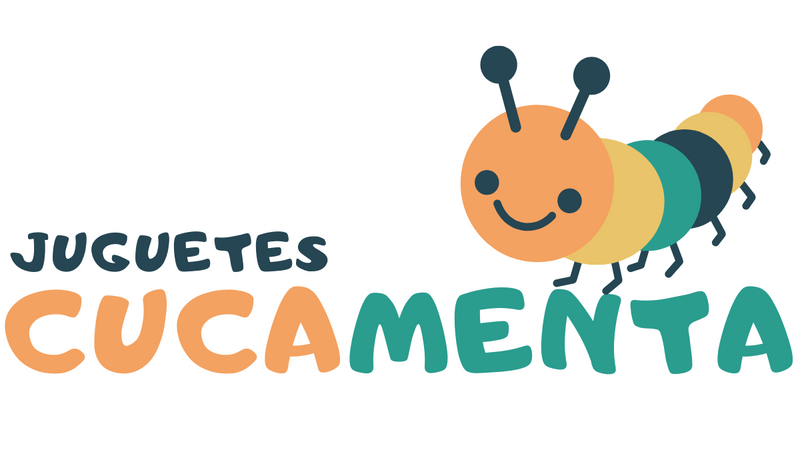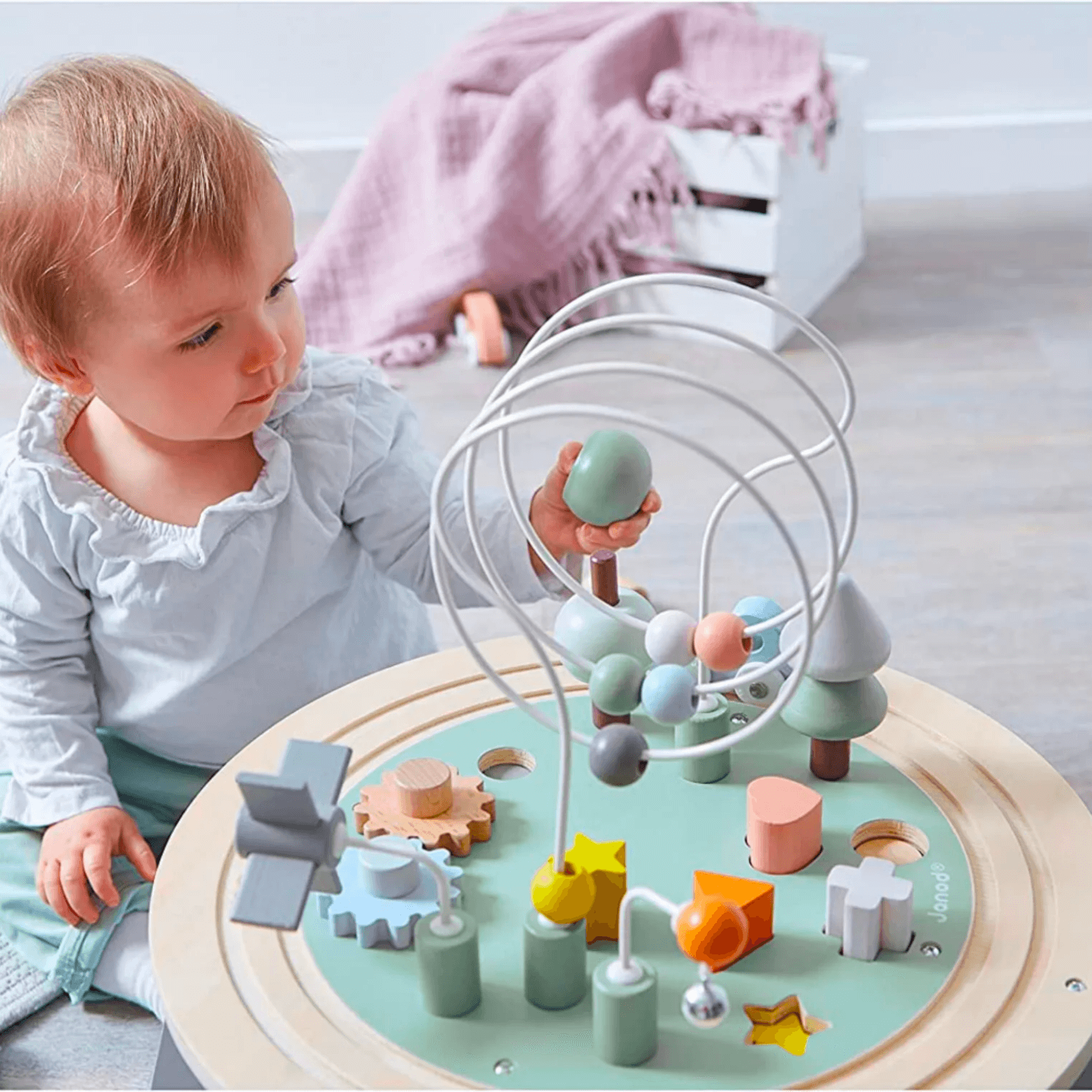Surely you have heard the notion of fine motor skills on some occasion and do not know exactly what this concept refers to, which is fundamental in different stages of child development.
In this article you can explore what it really means and how you can work on psychomotor skills from when your child is a baby through specialized toys and various activities , both at home and at school.
What is fine motor skills?
The Medline Plus medical encyclopedia defines fine motor skills as “the coordination of muscles, bones, and nerves to produce small, precise movements.” A very clear example of fine motor control is being able to pick up a small item with your index finger and thumb.
Fine psychomotor skills encompass the movements that require more skill, precision and dexterity, and imply a certain level of learning and maturity, being key to achieving goals within growth and mastering complex activities. There are two particular characteristics that fine motor skills have: coordination and precision.
A boy or girl is working on fine motor skills when they are able to color, cut, paint or play, eat small pieces of fruit, wash their hands, brush their teeth or tie their shoelaces . From the Psychology and Speech Therapy Center Consulta 21 they point out that fine psychomotor movement is normally given in the following order:
- Reflexes
- Grip
- Palm grip
- clamp side
- Three finger gripper
- clamp pressure
- manual skills
At what age does fine motor skills develop?

Fine psychomotor skills develop in different phases from birth to 6 years of age.
From 4 or 5 months onwards they can pick up toys and objects without looking at them, while one of the most significant advances occurs between 12 and 15 months, when they are able to use their fingers as tweezers or pincers.
Between one and three years of age, children begin to develop laterality of the right or left hand, they have the ability to make some geometric shapes, they manipulate things in a more sophisticated way and they can mark keys, turn the pages of a story or pull strings. .
From 3 to 4 years old, children acquire new and increasingly complex skills, such as eating with cutlery, using scissors, capitalizing their name, or fastening buttons.
From the age of 5, fine motor skills are highly developed: the nervous system has matured a lot to send messages from the brain to the fingers, allowing us to draw in detail, cut, paste and trace shapes or manipulate smaller buttons.
Activities to stimulate fine motor skills
By giving them a little push, your children will be able to acquire these skills more effectively. They range from everyday tasks to traditional games or toys specially designed to promote this set of coordination and movement activities:- Working with clay : Clay offers resistance, allowing you to work the muscles of your fingers and build hand development. In addition, it is very fun and can be practiced outdoors.
- Hang clothes with clothespins : Let your child help you hang clothes on the indoor clothesline or encourage him to play with clothespins by placing them on a surface. It will work eye-finger coordination and strengthen the index, middle and thumb fingers.
- Playing with marbles : This traditional toy is a great object to work on both sensory stimulation - sight, touch and hearing - and fine motor skills. Depending on their age, they can simply move them with their fingers like playing at aiming.
- Draw in magic salt : You can make a magic salt and glitter sensory tray like this one so that your child learns to make strokes on its surface, such as letters or geometric shapes.
- Magnetic fishing : Games like fishing for fish or ducklings with a rod and magnets in the shortest time possible are ideal for honing coordination and precision, especially in children aged 3 and up.
- Create shapes with plasticine : Plasticine is a very versatile material to promote creativity and concentration, learn colors or work on fine motor skills. They can range from cutting shapes to generating or copying geometric figures. It is key for hand-eye concentration.
- Draw on cardboard : The molds allow children to draw different figures such as hearts, stars or circles with chalk, marker or pencil. A second step could be to glue colored wool over the drawn lines. Another very effective resource is to draw templates by completing the dotted lines.
- Stacking blocks: Constructions with magnets or colored wooden blocks allow you to improve grip, work on coordination and balance, and master the manipulation of small pieces.
Toys to work on fine motor skills



0 comments